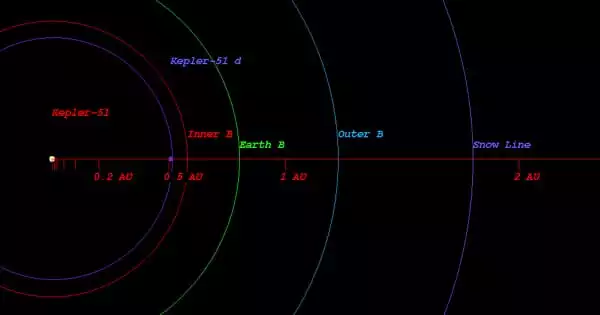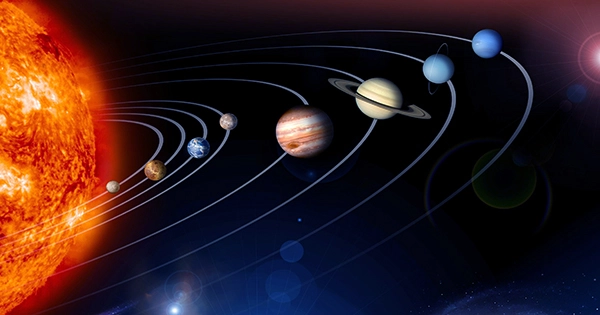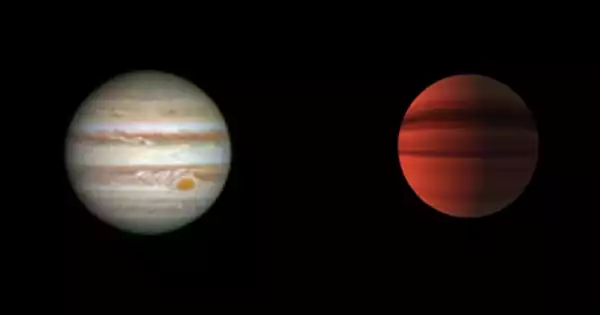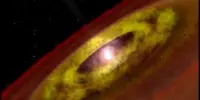NGC 604 is an H II region located within the Triangulum Galaxy. William Herschel discovered it on September 11, 1784. It is one of the largest H II regions in the Local Group of galaxies; at a distance of 2.7 million light-years, its longest diameter is approximately 1,520 light-years (~460 parsecs), more than 40 times the size of the visible portion of the Orion Nebula. It is over 6,300 times brighter than the Orion Nebula and would outshine Venus if it were at the same distance.
NGC 604 is named after its catalog number in the New General Catalogue (NGC), an astronomical object collection. It was discovered in 1784 by astronomer William Herschel. The region is visible in amateur telescopes and is located in M33’s spiral arm.
NGC 604’s gas, approximately nine-tenths of which is hydrogen, is gradually collapsing under the force of gravity to form new stars. Once formed, the energetic ultraviolet radiation emitted by these stars excites the remaining gas in the cloud. Its gas is ionized by a massive star cluster at its center, which has 200 stars of spectral type O and WR, a mass of 105 solar masses, and an age of 3.5 million years; however, unlike the Tarantula Nebula central cluster (R136) in the Large Magellanic Cloud, NGC 604’s central cluster is much less compact and more similar to a large stellar association.
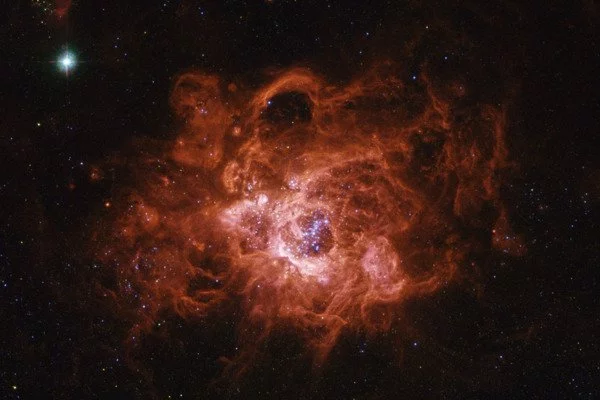
NGC 604 spans an impressive distance of about 1,500 light-years, making it significantly larger than most other H II regions in nearby galaxies. It contains a massive cluster of young, hot stars, which are responsible for ionizing the surrounding hydrogen gas and causing it to emit characteristic red light.
NGC 604’s stars are extremely bright and thought to be relatively young, with ages ranging from a few million to tens of millions of years. There are also many massive, short-lived stars known as O-type stars in the region, which are among the most massive and bright stars in the universe.
NGC 604 provides an excellent opportunity for astronomers to study star formation processes, the properties of massive stars, and the dynamics of interstellar gas. Its relative proximity to Earth and its prominent size make it a popular target for observations and a subject of scientific research. Overall, NGC 604 is an awe-inspiring astronomical object that showcases the beauty and complexity of the universe’s stellar nurseries.

